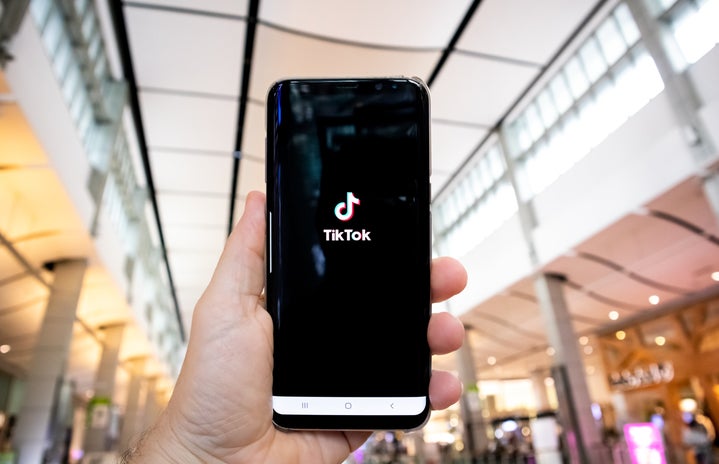If you have been on social media in the last few years, at some point on your TikTok For You Page or your YouTube recommendations, there probably has been a video where a girl undergoes an ABG transformation. Most likely, if you aren’t well versed in Asian-American culture, you’ve probably wondered, “What exactly is an ABG?”
Because of TikTok and YouTube trends, at the surface level, an ABG is an Asian-American girl that wears sexy, and often expensive, clothing, intense eye makeup completed with large false lashes, has a tattoo and dyes her hair blonde or has a balayage. Furthermore, stereotypically, ABGs love clubbing, raves and partying, so you’ll always see them at the latest function. Oh, and you cannot forget the raging boba addiction. Based on the physical aesthetic alone, an ABG appears to be the Asian version of the Instagram baddie. However, there’s actually a little bit more history behind this internet trend.
At the core, the term ABG stands for “Asian Baby Girl” or “Asian Baby Gangster.” Both of these terms were a byproduct of AZN culture. Now, you’re probably wondering, “Okay, what’s AZN culture then?” Originally, in the ‘90s and early 2000s, AZN Pride was a digital cultural movement meant to express pride in those who identified as Asian American.
ABGs were a common occurrence in areas like the San Francisco Bay Area or Los Angeles that had large ethnic Asian populations, especially those with prominent Southeast Asian populations such as Vietnamese, Laotian and Cambodian communities. Like cholas are to Chicano culture, ABGs are to Asian-American culture. In the ‘90s, many of the original ABGs were women that often deviated from the stereotypical model minority depiction.
Old-school ABGs tended to live life on the edge from working as import models to dating gangbangers. Even though the fashion and beauty trends at the time were different, the edgy and tough, yet feminine aesthetics are still similar.
Today, there is some debate from many people who grew up around old-school ABG culture, believing that ABG culture is reserved for those who actually live the lifestyle and not just for those who want to adopt the cool-girl, aesthetic look. However, there is the opposite argument from those who believe that this shift away from more illicit and violent ties is a more positive change, regarding others’ attitudes towards ABGs and the ABG lifestyle. Lastly, there is the argument that it is natural that the definition of an ABG has changed. Because of the internet, people within the Asian-American community, even people outside of the community, are exposed to more Asian-American culture.
Like many urban and street lifestyles, the ABG lifestyle and culture have been diluted and altered to today’s standards. Instead of living a fast-paced and wild lifestyle, Asian-American girls want to adopt the aesthetic. However, that’s not necessarily a bad thing.
An ABG has been known to go against the stereotypical model minority expectation of the Asian-American woman. For many, they use the ferocity and confidence that’s associated with the ABG lifestyle to make it their own and use it as armor.


